RED WING 8097 9D OXFORD レッドウイング 2013s 人気
(税込) 送料込み
商品の説明
2013年10月製
表記サイズ:27cm/US9D
※箱なし
古い物なので使用感はありますが、
ソールの減りもなく目立った汚れ、破損などはありません
その他、気になる箇所につきましては必ずご質問下さい
あくまで中古品ですので神経質な方のご購入はご遠慮下さい
基本的には値引は行っておりません
定期的に値下げしていきますので
その時のタイミングでご検討ください
コンパクト梱包にご理解をお願い致します商品の情報
| カテゴリー | メンズ > 靴 > ブーツ |
|---|---|
| 商品のサイズ | 27cm |
| ブランド | レッドウィング |
| 商品の状態 | 目立った傷や汚れなし |
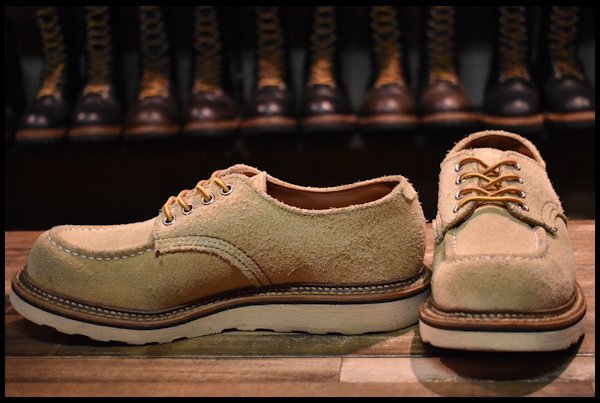
【7D 良品 13年】レッドウィング 8097 スエード オックスフォード ラフアウト モックトゥ 短靴 ローカット ブーツ 8105 redwing HOPESMORE

2023年最新】Red Wing Oxfordの人気アイテム - メルカリ
![RED WING [レッドウィング] WORK OXFORD HAWTHORNE style No.8097](https://pds.exblog.jp/pds/1/201404/12/06/f0051306_2384026.jpg)
RED WING [レッドウィング] WORK OXFORD HAWTHORNE style No.8097
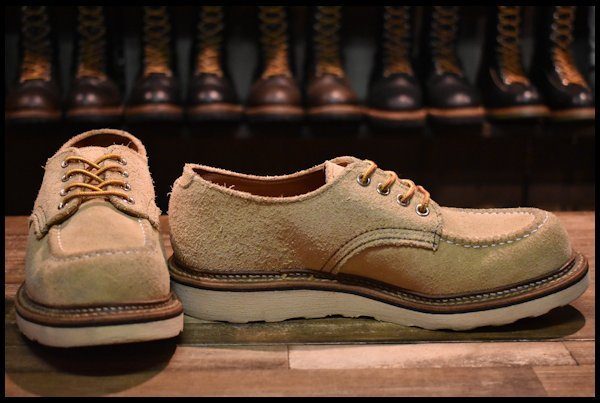
【7D 良品 13年】レッドウィング 8097 スエード オックスフォード ラフアウト モックトゥ 短靴 ローカット ブーツ 8105 redwing HOPESMORE
RED WING レッドウイング ワーク オックスフォード 8097 ベージュ

B @ 米国製 13年製 RED WING レッドウィング 8097 スエード
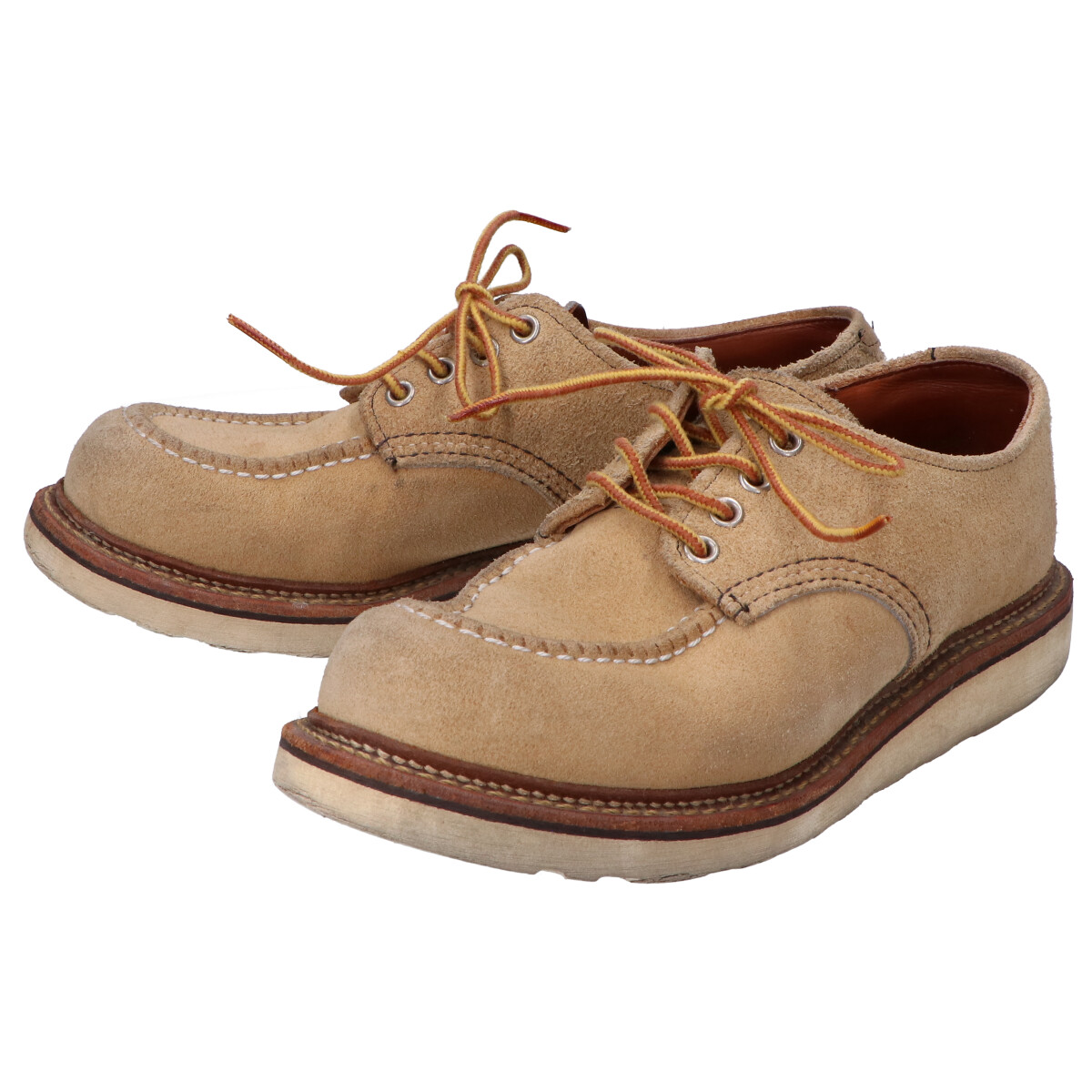
RED WING レッドウィング 8097 OXFORD HAWTHORNE ホーソーンアビレーン ラフアウト ローカット シューズ 7 1/2D ベージュ メンズ 【中古】 | ブランドリサイクル エコスタイル

【8D 美品 13年】レッドウィング 8097 スエード オックスフォード ラフアウト モックトゥ 短靴 ローカット ブーツ 8105 redwing HOPESMORE
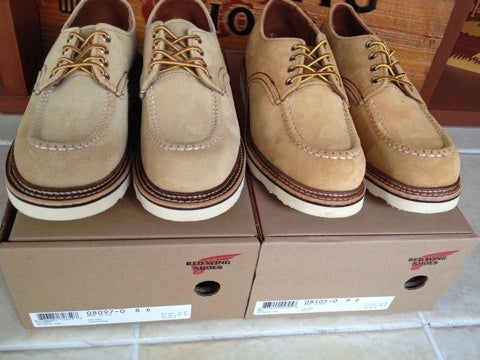
レッドウィング8097 ワークオックスフォード | ほぼレッドウィングの

レッドウィング8097 ワークオックスフォード | ほぼレッドウィングの

Bottega veneta 厚底 ローファー 超可爱 www.geyrerhof.com

レッドウィング redwing オロイジナル 875 26.5cm 【楽天カード分割

ラウンド ベックマン 9013 ブーツ - citymap.com.gt
RED WING レッドウイング ワーク オックスフォード 8097 ベージュ
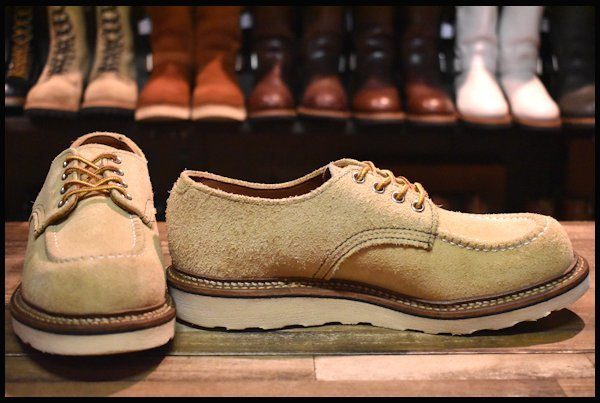
【8D 美品 13年】レッドウィング 8097 スエード オックスフォード ラフアウト モックトゥ 短靴 ローカット ブーツ 8105 redwing HOPESMORE
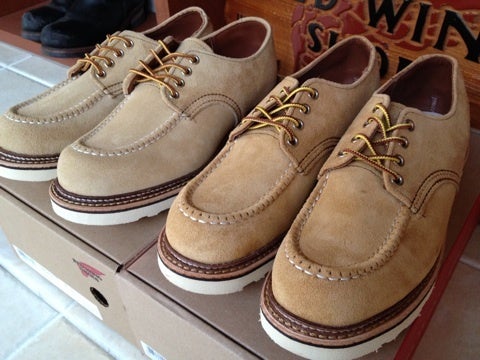
レッドウィング8097 ワークオックスフォード | ほぼレッドウィングの

REDWING213 US8 1/2 26.5cmオックスブラッドメサ ホットセール 51.0

B @ 米国製 13年製 RED WING レッドウィング 8097 スエード
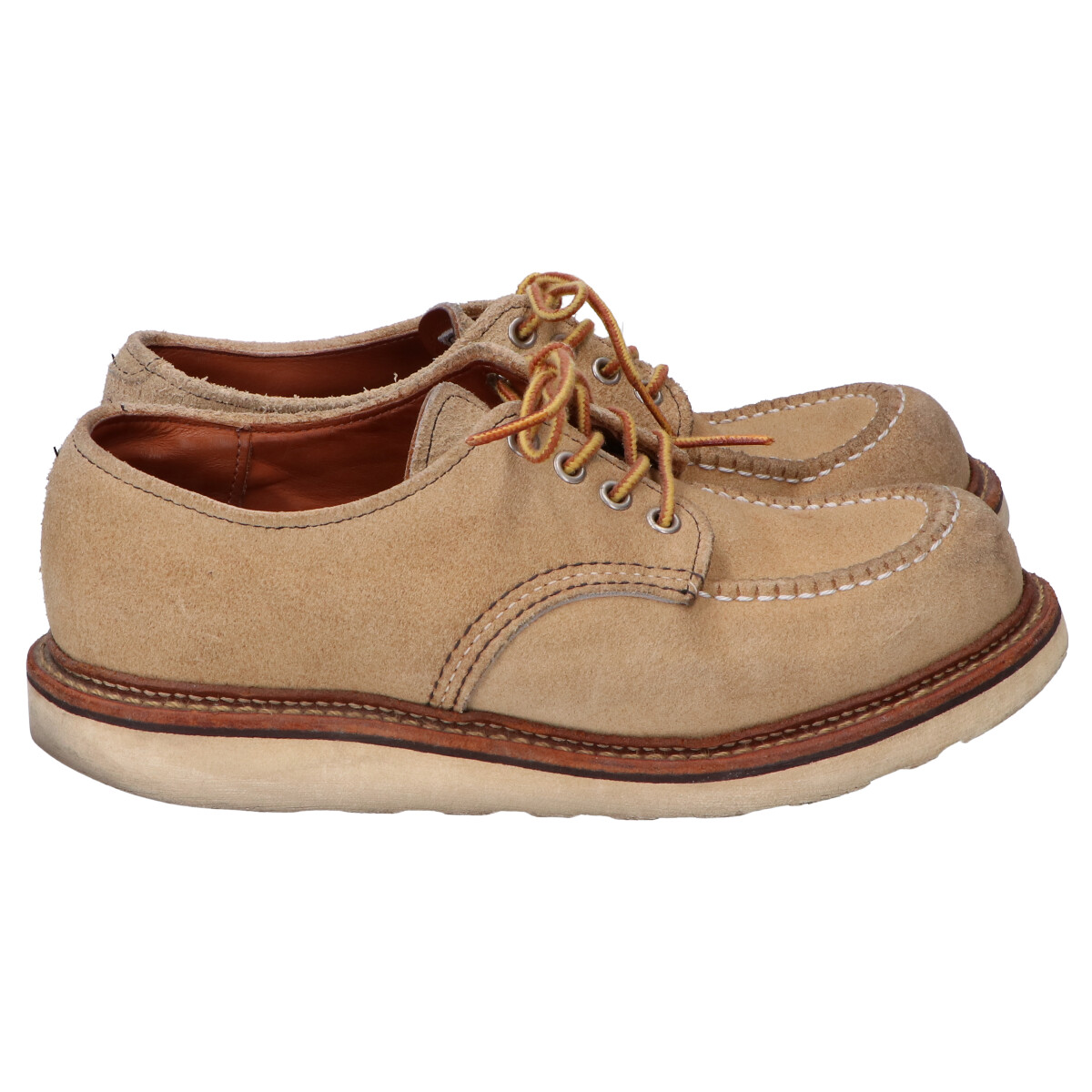
楽天市場】RED WING レッドウィング 8097 OXFORD HAWTHORNE ホーソーン

ナイジェルケーボン メゾン ミハラヤスヒロ コラボ スニーカー 40緑

レッドウィング redwing オロイジナル 875 26.5cm 【楽天カード分割

ブーツ / レッドウィング RED WING 8103 CLASSIC OXFORD ORO RUSSET

全ての wacko maria Dr.マーチン 白 26cm ブーツ - citymap.com.gt

ローリングダブトリオ レザースニーカー ブラックストーン

RED WING 8097 9D OXFORD レッドウイング 2013s 人気 - 煤炉代购 - Doorzo

レッドウィングの定番短靴「オックスフォード」の種類と、洒落者の
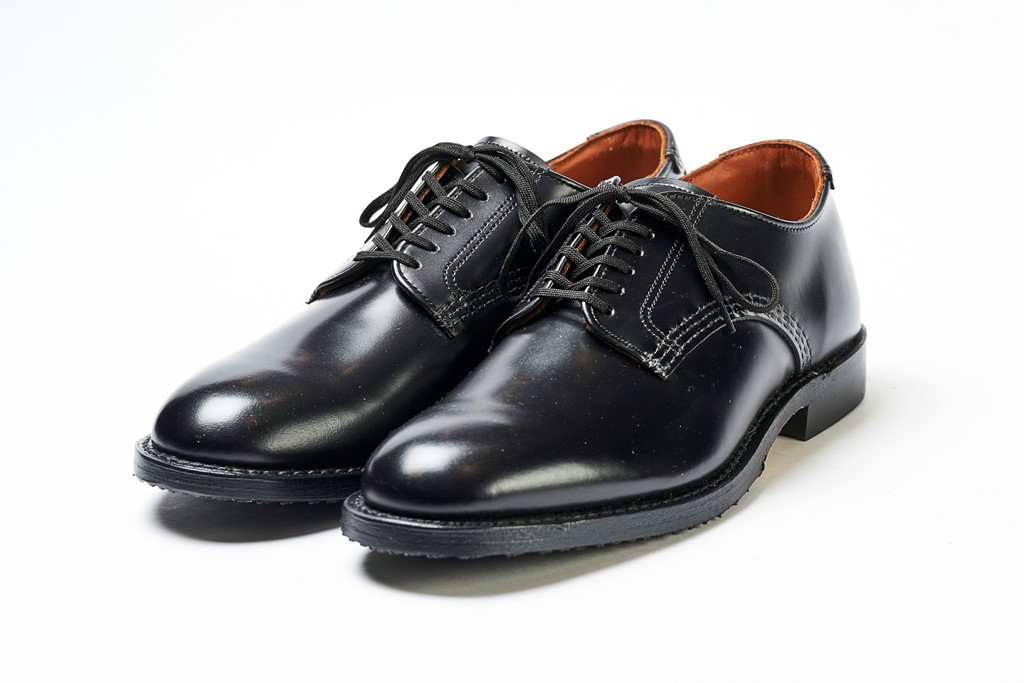
レッドウィングの定番短靴「オックスフォード」の種類と、洒落者の
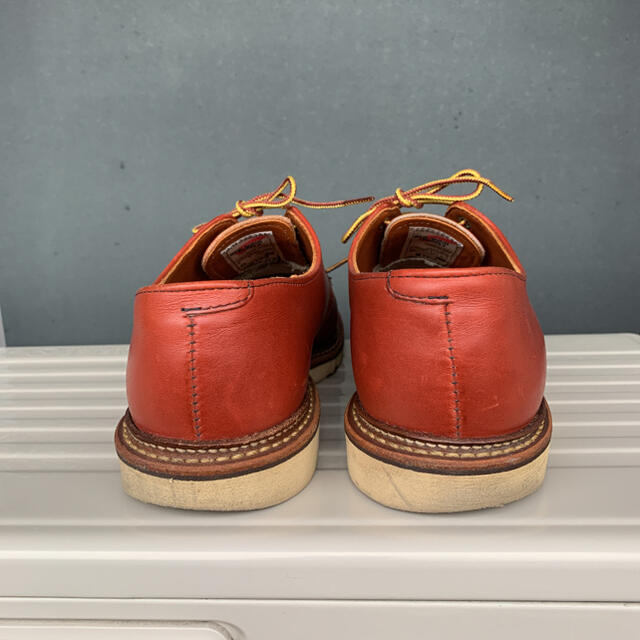
REDWING - RED WING レッド・ウイング OXFORD #8103 サイズ 9Dの通販

HERMES エルメス シェーヌダンクル ローファー キャメル 23cm ✨強い雪
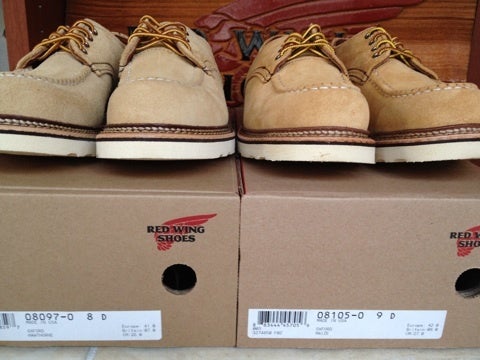
レッドウィング8097 ワークオックスフォード | ほぼレッドウィングの

レッドウィング redwing オロイジナル 875 26.5cm 【楽天カード分割

GUCCI ローファーホースビット 【お1人様1点限り】 7840円引き www

最新入荷】 レッドウィング BLACK SMITH ブーツ - citymap.com.gt

ZIPPO ジッポ- ラーク HYBRID 1937 VI TAGE-
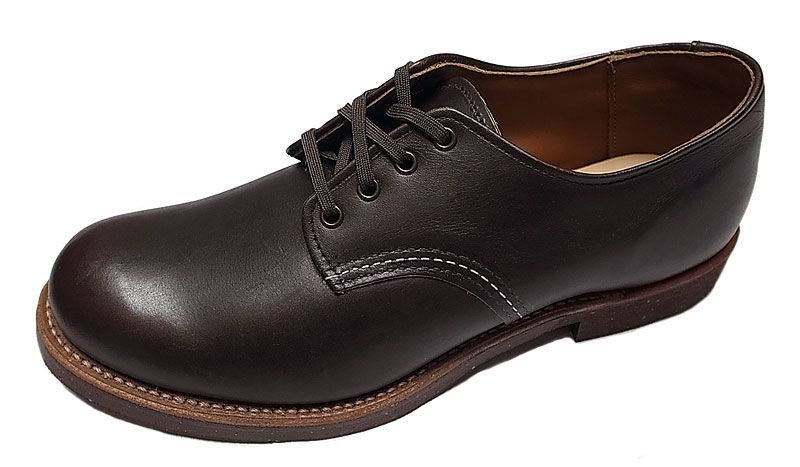
Red Wing 8053 Work Oxford Survice Shoes USA限定 レッドウイング
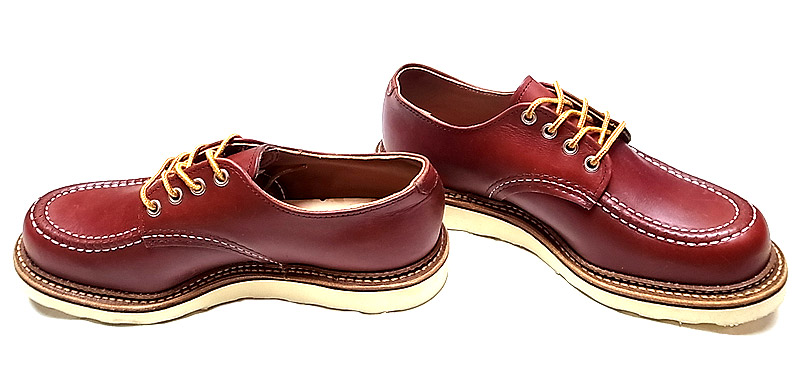
RED WING 8099 Classic Oxford Moc-Toe レッド・ウイング アメリカ製

DANNER LT 3 81/2 EE 【希望者のみラッピング無料】 49.0%割引
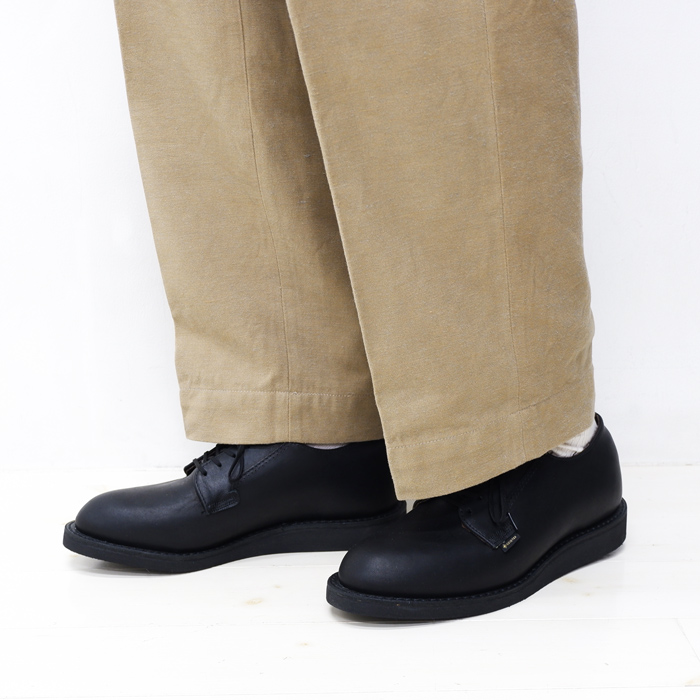
RED WING(レッドウィング)Style No.9183 POSTMAN OXFORD(ポストマン
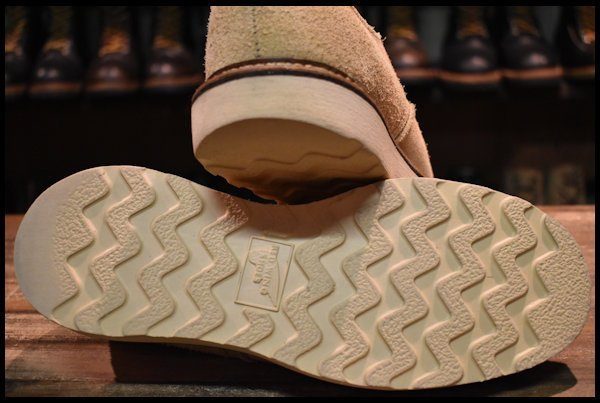
【7D 良品 13年】レッドウィング 8097 スエード オックスフォード ラフアウト モックトゥ 短靴 ローカット ブーツ 8105 redwing HOPESMORE

B @ 米国製 13年製 RED WING レッドウィング 8097 スエード





商品の情報
メルカリ安心への取り組み
お金は事務局に支払われ、評価後に振り込まれます
出品者
スピード発送
この出品者は平均24時間以内に発送しています














